How to Set Up Your Bitcoin Cold Storage for FREE!
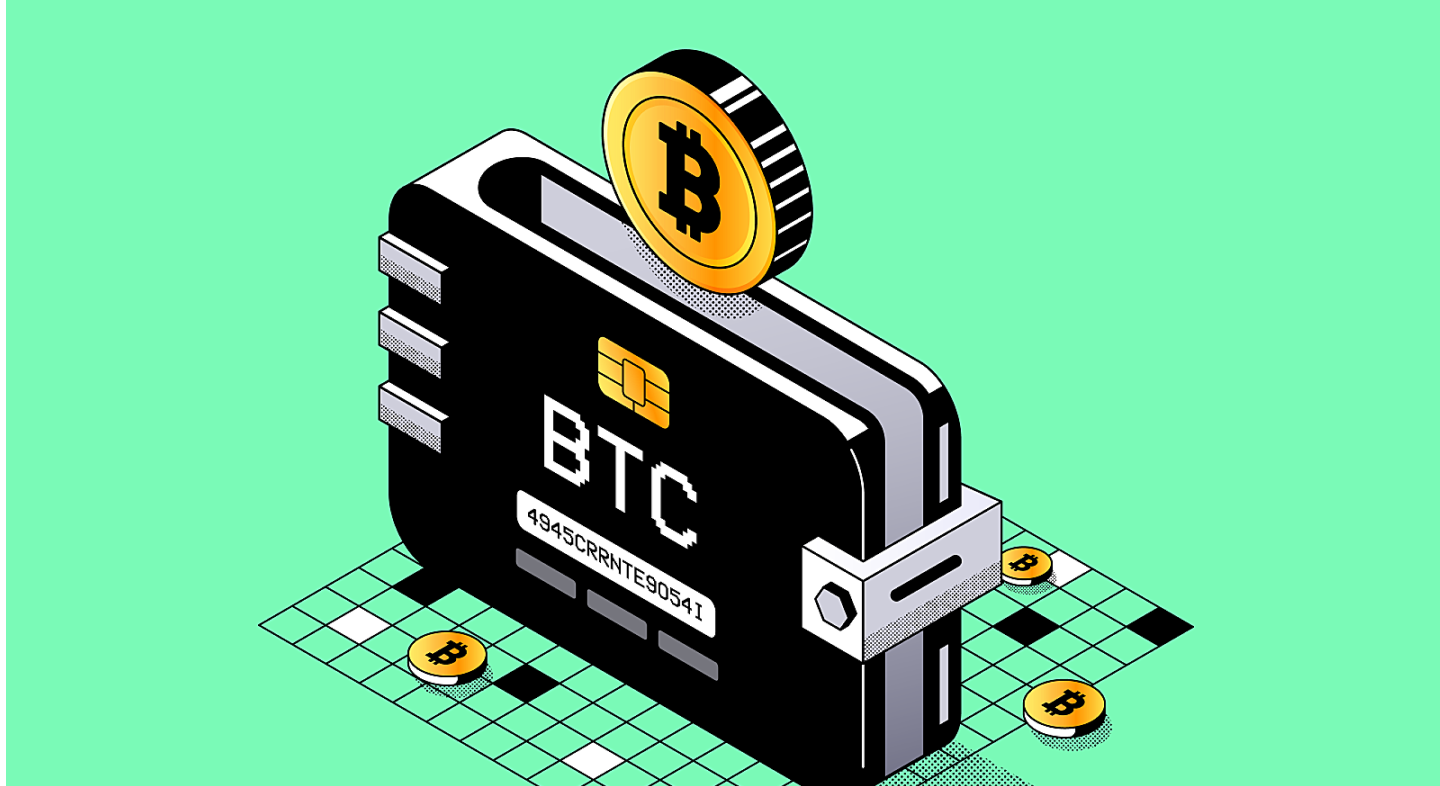
What is a Bitcoin wallet ?
A Bitcoin wallet is software that runs on a computer, smartphone, or smart hardware device and provides a secure way to store, send, and receive Bitcoin. There are three major types of Bitcoin wallets: hardware, software, and paper wallets. Hardware wallets are physical digital devices that store private keys away from the internet. Software wallets allow you to store private keys on a computer or mobile device (see our wallets page) and paper wallets are wallets that involve writing or imprinting private keys onto something offline, like a piece of paper or even metal, making them secure from hacking attempts.
Bitcoin cold storage is the practice of storing Bitcoin holdings in a secure offline wallet. This method of storage is commonly used by long-term savers who want to keep their Bitcoin safe. The best cold storage devices are hardware wallets, but they can be pretty pricey for Africans to get their hands on. The most affordable way to store your Bitcoin offline is by using software wallets or generating paper wallets offline.
What are Private Keys?
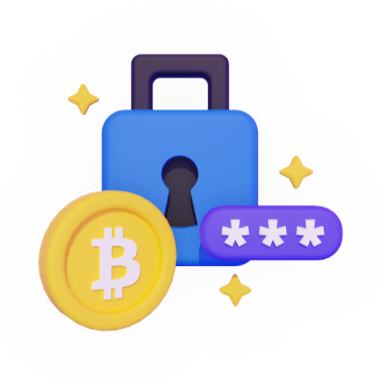
Your private key is a series of random looking letters and numbers that give you control over the Bitcoin in your Bitcoin address. It is used to prove ownership of the Bitcoin in your Bitcoin address and used to create the signatures that permit you to spend your Bitcoin.
Modern self-custodial wallets use seed phrases that simplify the process of generating and accessing bitcoin wallets by implementing the BIP 39 protocol, which allows users to use a set of natural language words to access their Bitcoin wallet instead of a complicated private key. For additional wallet security, the BIP 39 protocol has an optional, advanced feature that allows you to create a passphrase that is used together with your seed phrase to access the Bitcoin in your wallet.
And so if you create a self-custodial wallet using software like Sparrow Wallet and write down your Bitcoin address and private keys or seed phrase and paraphrase on a piece of paper, this automatically becomes a paper wallet, the same way a paper wallet generated online and copied out is also a paper wallet. Because a paper wallet is simply your Bitcoin address and private key or seed phrase written on a piece of paper, and as long as you have that piece of paper, you can always access the Bitcoin in that wallet.
Paper Wallet
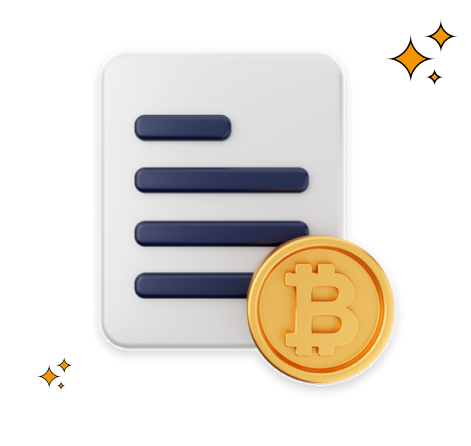
Paper wallets are a form of cold storage where Bitcoin private keys are printed or copied on paper, which oftentimes also includes the wallet address. Paper wallets enable you to store your Bitcoin safely offline. This makes paper wallets significantly more secure compared to hot wallets, which are accessible online and vulnerable to hacking and theft.
Creating a paper wallet is a simple and inexpensive way to store your Bitcoin offline and keep them safe.
There are many paper wallet generators available online, but not all of them are trustworthy. It’s important to choose a reputable one that has been around for a while and has a good reputation in the Bitcoin community. Some popular paper wallet generators include:
BitAddress
BitAddress is a popular and reputable paper wallet generator that allows you to generate a paper wallet offline. You can simply visit their website on your desktop or phone and create your wallet in a few simple steps. You can also add a passphrase to encrypt the paper wallet for additional protection by ticking the BIP38 encryption box.
BitcoinPaperWallet
BitcoinPaperWallet is based on a well established and trustworthy open-source engine for generating addresses using your own browser’s JavaScript engine. It is a user-friendly paper wallet generator that allows you to create a paper wallet in just a few clicks. It also provides step-by-step instructions on how to generate and use your paper wallet.
How to create your Paper Wallet
- 1. Go to the wallet website: Once you have chosen a paper wallet, open the webpage on your phone or computer and then go offline.
- 2. Disconnect from the internet: For added security, disconnect your computer or phone from the internet before generating your paper wallet. This will prevent any potential hackers or malware from accessing your private keys.
- 3. Generate your paper wallet: Follow the instructions provided by the paper wallet generator to create your wallet. This will usually involve randomly generating a private key and a corresponding public address.
- 4. Write down your private key: Avoid printing as it exposes you to internet or computer attacks. Simply write your keys down on a piece of paper.
- 5. Store your paper wallet securely: Once you've written down your paper wallet, store it in a secure and safe place. Consider using a fireproof and waterproof safe or a safety deposit box at a bank.
When this is all done, ensure you close the browser before going back online.
N.B: For ultra secure Bitcoin paper wallets, you need to download the paper wallet generator software onto a clean and secure computer. Make sure to check the website’s security certificate to ensure that it’s legitimate.
For Bitcoin cold storage using software, we advise you to check out our wallet page for self-custodial wallet options.
Watch this video on
How to Generate a Mnemonic Seed Phrase
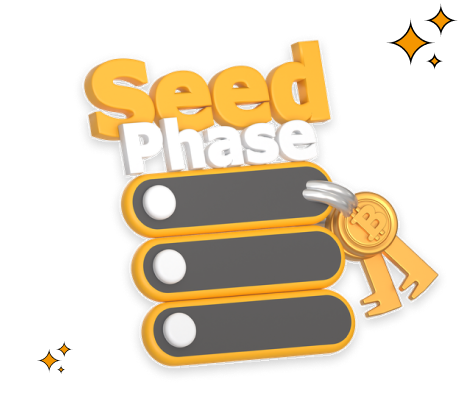
Bitcoin paper wallet generators will most likely give you a long string of letters and numbers as a private key, and this is usually difficult to memorise. What if we told you there was a cool way to generate a seed phrase from that private key?
To convert a Bitcoin private key into a 12 or 24-word mnemonic phrase, you can use a tool called a mnemonic converter or a seed phrase generator.
Here’s how you can use the BIP39 tool to convert your Bitcoin private key into a 12 or 24-word phrase:
- 1. Click here to go to the BIP39 tool website.
- 2. Click on the box “Show entropy details”
- 3. Disconnect your computer from the internet.
- 4. In the "Entropy" field, enter your Bitcoin private key (in hexadecimal format).
- 5. In the "Mnemonic length" field, select "24 words" or whatever mnemonic length you are comfortable with.
- 6. Your 12 or 24-word mnemonic phrase will appear in the "Mnemonic" field.
- 7. Write down your mnemonic phrase on a piece of paper and store it in a secure place.
There you have it! You can then use this mnemonic phrase to restore your Bitcoin wallet in case you lose your private key.
It’s important to note that once you have generated your mnemonic phrase, you should keep it secure and private, as anyone who has access to it can potentially access your Bitcoin wallet.
How to Keep Secret and Safely Store Your Keys
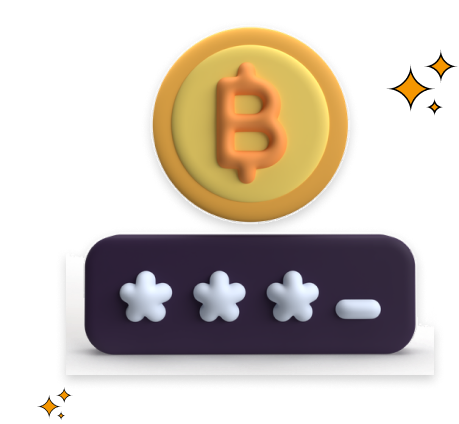
Remember that your keys can be a long string of numbers and alphabets or the more modern BIP 39 protocol-generated seed phrase and paraphrase; they are the most important aspect of a paper wallet. So it is important to take steps to keep it safe and secure because if you lose your keys, you lose access to your Bitcoin and if someone gets their hands on your keys, they can easily steal your funds.
Luckily, there are some easy steps you can take to make sure your keys are as safe as possible. Here are some tips for creating and storing your paper wallet:
- Memorizing your 12 or 24 word seed phrase is a useful way to keep it safe. It can be done by weaving it into a poem or song, which can be used to carry your money in your head in risky situations. Using this method is still not enough as it is human to forget but it does mean you can carry your money in your head
- Back up your keys: Even if you memorize your private key and seed phrase or keep it in a safe location, it's still a good idea to have a backup copy.
- Don't share your keys: This one might seem obvious, but it's worth repeating. Never share your private key or seed phrase with anyone, no matter how trustworthy they seem. Your private key or seed phrase is like the key to your house – you wouldn't give it to a stranger, so don't give your private key to anyone you don't trust completely.
- Engrave your seed phrase on a steel backup plate: Because paper and ink are not durable and can be destroyed by water or fade away with time, steel backup plates are better offline tools to store your seed phrase. Some of these steel backup plates have letters that you put in, holes that you puncture on the plate, or they include a pen that you can use to write on the steel.
- Use a hardware device like a hardware wallet to store your seed phrase: Hardware wallets store your seed phrase on an isolated device that is not connected to the internet, this makes them harder for hackers to access.
Seed Phrase Security Bad Practices
- Avoid taking pictures or screenshots of your seed phrase or in anyway storing it in the cloud.
- Avoid going to a Business Centre(Cyber Cafe) to print or laminate your seed phrase. Not only have you exposed your seed phrase to a stranger doing this, you have also exposed your seed phrase to a hackable device.
- Do not store your seed phrase in a password manager.
- Do not say your seed phrase out loud.
- Do not store your seed phrase as text on your Phone or Laptop.
- Avoid sharing your seed phrase with a third party.
- Avoid backing up your seed phrase together with your passphrase as it beats the whole idea of two security measures for your wallet.
For extra security
- Use a strong password for your wallet, avoid using simple passwords like "password" or "123456" and use a mix of upper and lower case letters, numbers, and symbols. Keep your software up to date and use two-factor authentication (2FA) to increase security.
- We advise you to have a "duress" passphrase which shows a different wallet in which you can put a little bit of Bitcoin and not your life savings. How does this work? Well did you know that as long as you get your backup seed phrase right, every different passphrase you enter leads to a totally new wallet? The joys of Bitcoin! So simply have a passphrase saved or memorized where you have little Bitcoin. So when under duress you lead the thief to your "duress' wallet.
Watch this video on
To learn more about Bitcoin wallets and how to setup one, Sign up for our FREE Bitcoin for Beginners Course
Sign up to take the Course for free
"*" indicates required fields
Get 1,000 sats for your brilliant ideas!
Have a genius idea or spot something in our African Bitcoiners initiatives that could be even better? Submit your feedback to us and we’re excited to reward you for them.
